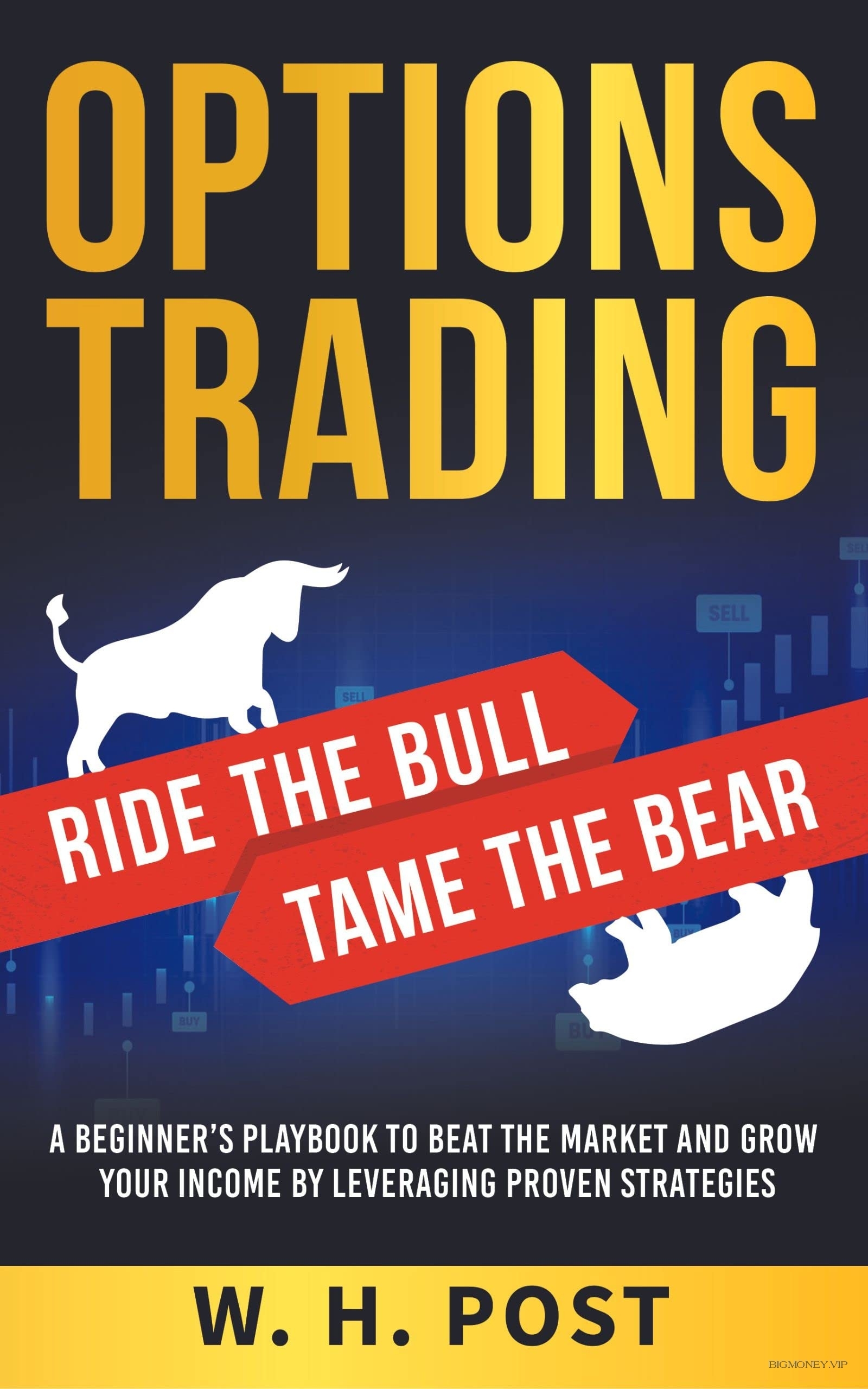Options Trading Ride the Bull Tame the Bear: A Beginner’s Playbook to Beat the Market and Grow Your Income by Leveraging Proven Strategies by W.H. Post

1
WHAT ARE OPTIONS?
ptions trading and stock trading are often spoken of in the same light.
After all, they are all about buying and selling some financial instruments,
right? Stock trading is straight forward; buy low, maybe hold, sell high and
make a tidy profit. Options trading follows the same approach, but we
introduce the concepts of choice, time, and contracts.
Options belong to a group of investments known as derivatives. A
derivative (from the word ‘derive’), is a financial contract whose value is
determined by an underlying asset. Underlying assets could be anything
from real estate, interest rates, currencies, commodities, or even stocks. An
option, therefore, is a derivative contract that gives the holder the right but
not the obligation to buy or sell the underlying asset on or before a certain
date, at a specific price.
People generally claim options trading is complicated, but once you learn
the dynamics of options trading, you’ll realize not just how easy it is to
trade options, but also it is an exciting opportunity to diversify your
portfolio.
Even though there are various classes of underlying assets from which an
option contract’s value can be derived, we will mostly use stocks in our
examples in this book to explain different concepts. Thus, going back to our
definition earlier, think of an option as a contract that gives you the right but
not the obligation to buy or sell the stock on or before a certain date, at a
specific stock price.
Option contracts generally expire in 30 days, 60 days, or 90 days, but there
are instances where a contract could be open for up to a year.
HOW OPTIONS WORK
There’s a bit of speculation that goes into option trading. Suppose you are
interested in Ford Motor Company stock (NYSE: F), which at the time of
this publication was trading at $15.00. Purchasing an option contract on this
stock means speculating whether the price of the stock will go up or down
in 30 days.
This is where you conduct your market research, review any relevant
information about the stock, and decide. If you feel the price will go up, you
can buy a call option, or a put option if you think the price will go down.
A call option is an option contract that gives you, the option buyer, the right
but not the obligation to buy the underlying stock on or before a certain
date, at a specific stock price. A put option, on the other hand, is an option
contract that gives you, the option buyer, the right but not the obligation to
sell the underlying stock on or before a certain date, at a specific stock
price. We will delve into the dynamics of put and call options as we
advance through the book, but these are the basics around which option
contracts take place.
As you can see above, there are only two sides to an option contract, buy or
sell. An option seller is also known as an option writer. In our definition of
options, we introduced two important concepts: rights, and obligations. It’s
important to understand how these affect the parties to the contract because




